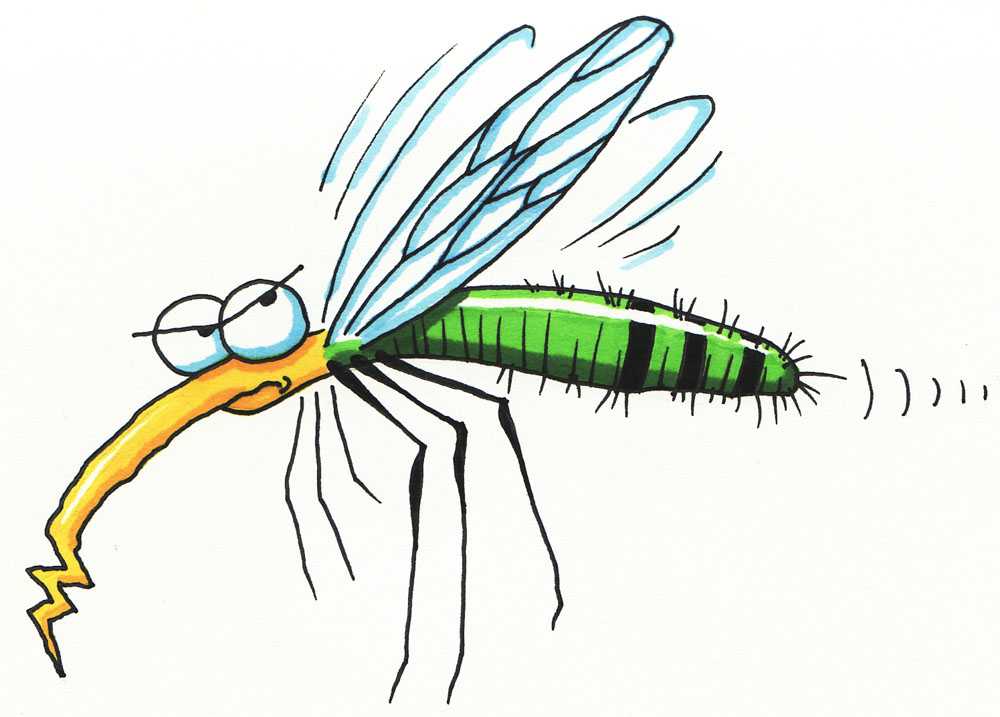And Very Sunny. So Apply Some Sunscreen!
But What Kind? And are There Things I Should Avoid?
Questions, Questions, Questions! We all need to be alert consumers as we choose products today. And as I have done some research, I have found some common ingredients in many sunscreens that we probably should avoid.
Here are some of the big ones:
- Oxybenzone. In lab tests this chemical (in large amounts) has been found to interact with hormones and there is possibly a cancer connection.
- Retinyl Palmitate. This comes from Vitamin A, which sounds positive, but it’s not. It was added to sunscreens to reduce the signs of aging in the skin, but apparently it reacts badly in the sun, and has the potential to case greater harm. Most sunscreens have removed it from their ingredients.
- Nano particles. Sounds impressive, right? People don’t generally want to have white sunscreen so the particles have been reduced in size so that they don’t have a white appearance. The problem, however, is those tiny particles may be more readily absorbed into the skin, rather than just staying on the top, which is where we want it to be to protect our skin. But the jury is still our about if those particles absorbed into the skin may do some harm. So it’s better to avoid nano particles.
- Sunscreen/Bug Repellent combos. Convenience, yes. But you’ll need to reapply the sunscreen often, and that will give you too much of the bug spray. And you’ll absorb more into your skin. Generally, bugs are not much of a problem in the day when you’re worried about the sun, and the sun is not a problem when it cools off and the bugs come out. So keep them separate.
Here are some other things to consider:
- Spray sunscreens are convenient, but there is an inhalation risk. Sunscreen should stay on the skin, not in your lungs.
- Powdered sunscreens, for the same reasons. The FDA has removed the approval for loose powder sunscreens, but you may still see some on the market.
- Super high SPFs. The research indicates that anything over SPF 50 doesn’t provide much additional protection, and may give people a false sense of safety. Also, they may not have protection from the really dangerous UVA rays, which do their damage deep into the skin.
- Broad Spectrum protection. Make sure your sunscreen protects from both UVB and UBA rays. Look for “Broad Spectrum” or both UVA and UVB wording on the label.
- You’re going to have to reapply. Often. Get used to it. Bummer, right? But even the most water-resistant products will have to be reapplied after 40 or 80 minutes.
- Use clothing and shade to protect your skin.
Here is a link to a website that gives your more information and recommendations about sunscreens.
What About Insect Repellents?
Remember that we are talking pesticides, here. Obviously we don’t want ticks burrowing into our skin, or mosquitoes sucking our blood, but spraying or spreading pesticides on the skin isn’t exactly appealing, either. There are some things you can do to cut back on your risk of bug bites, and then you don’t have to use as much of the repellents. Something I just learned–insect repellents only protect agains biting insects, not ones that sting. So you’ll just have to avoid bees, wasps, and hornets.
Clothing
Long sleeves. Long pants, preferably ones that are tight at the ankles. Boring colors–you don’t want insects to think you’re a flower! No scented soaps, perfume, lotions, etc. Closed toed shoes and socks, especially in areas with ticks.
Repellents
You’ve probably heard of DEET. It is effective. Insects are attracted to the scent of carbon dioxide, which we give off; It’s part of breathing, so I don’t think we can avoid that! And DEET masks that scent. But there are other, more natural ways to keep the bugs away. The products we carry at Lassen’s generally use essential oils. Much nicer.
Here is a website with recommendations and some other information.
Lassen’s carries a large selection–and this photo shows just a small sampling–of natural sunscreens and insect repellents. Our helpful Body Care team members will be able to help you choose the ones that are right for you! And of course, just in case you still get too much sun, make sure to pick up some Aloe Vera gel to cool down and soothe your skin!
Have lots of fun in the sun, but don’t forget to protect your skin!
Love,
Lassen’s



Are any of the sunscreens soy and gluten free?
I checked with our Health and Beauty Aids experts, and they said that we carry several brands that are soy and gluten free, but not all of the stores carry all of them. Please call ahead of time to make sure the particular store you visit will have the brand you would like. If not, our helpful cosmetics clerks will special order or transfer it from another store. Here are some soy and gluten free sunscreens: The Original Sprout brand carries a gluten and soy-free face and body sunscreen, as does Babo Botanicals. The entire Andalou skin care line is gluten free, and their ingredient list does not include soy. Please check with your local Lassen’s, and our team members can help you find just the right product for your needs!